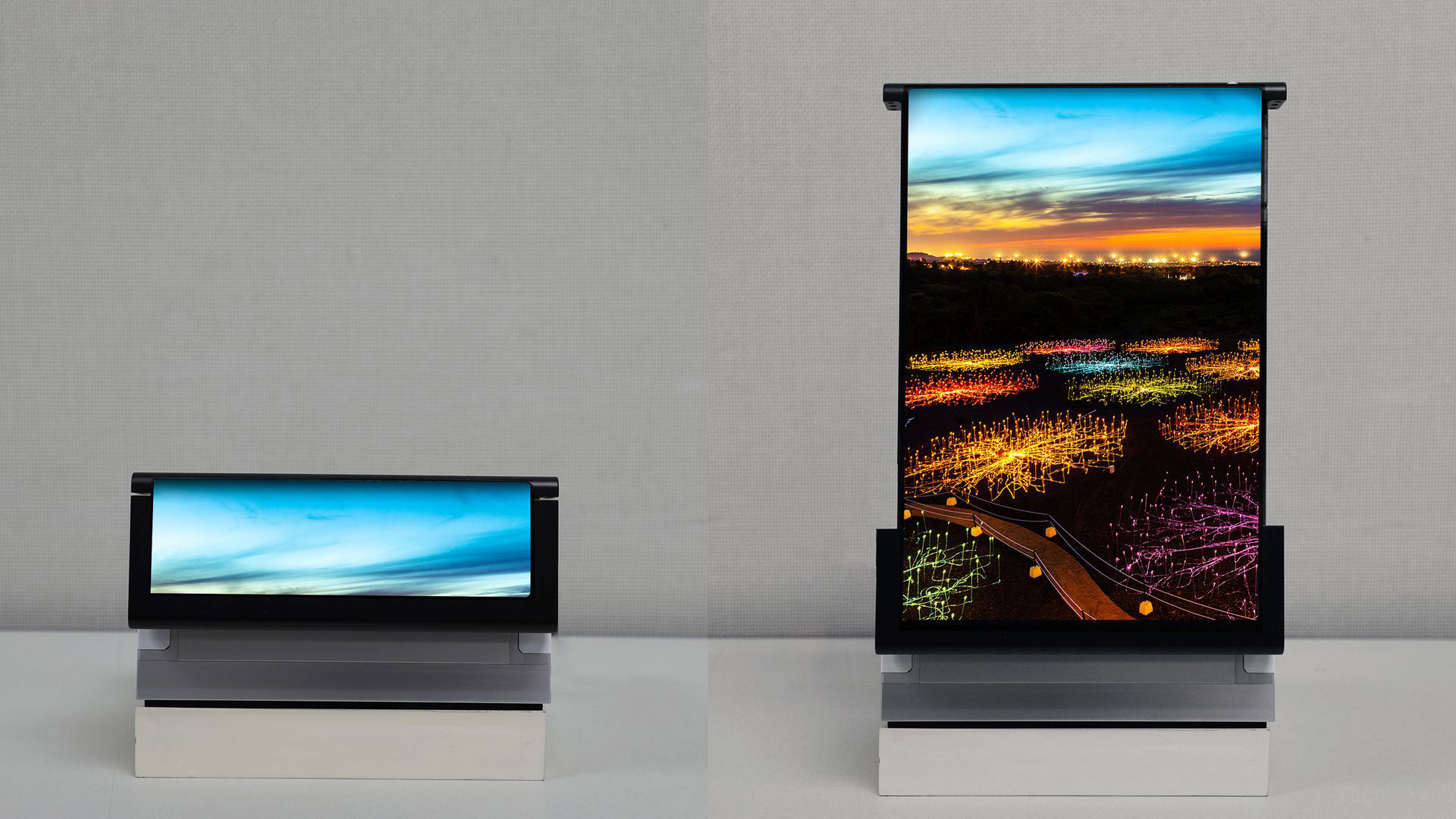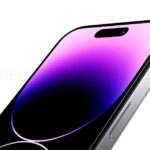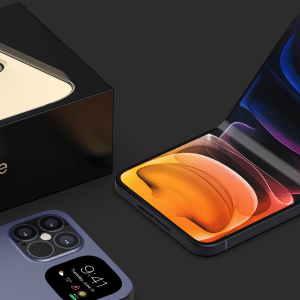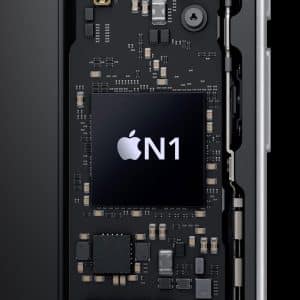A new OLED panel generation, which Samsung Display asserts can identify fingerprints anywhere on the screen and check the user’s heart rate, blood pressure, and stress levels using multiple concurrent finger readings, has been introduced.
Fingerprint sensors in smartphones are usually mounted beneath the display panel as a distinct module, responsive only to fingerprint data within a restricted screen portion. However, Samsung’s innovative “Sensor OLED Display” broadens this sensitivity across the entire screen by incorporating a light-sensing organic photodiode (OPD) into the panel itself.
Unveiled at SID Display Week 2023, this groundbreaking technology offers exciting potential features for future smartphones, such as multi-finger authentication (placing four fingers on the display, for instance), promising security levels several thousand million times stronger than a single finger.
One conceivable feature could involve authenticating individual apps on a phone’s Home Screen simply by pressing a finger on the app icon, eliminating the need for a passcode or facial recognition.

Arguably the most compelling feature of the Sensor OLED Display is its capacity to assess cardiovascular health, including blood pressure when two fingers are utilized.
“To accurately measure a person’s blood pressure, it is necessary to measure the blood pressure of both arms,” Samsung Display’s press release states. “The Sensor OLED display can simultaneously sense the fingers of both hands, providing more accurate health information than existing wearable devices.”
According to Samsung, the system operates due to the varying reflection of OLED light based on the blood vessels’ contraction and relaxation within the finger. When this light is reflected back to the panel, the OPD detects it and translates it into a blood pressure measurement.
Samsung has yet to disclose details regarding the accuracy or speed of its Sensor OLED display, or whether the authentication and biometric readings could be performed simultaneously. Yet, the company evidently believes this technology will soon find its way into smartphones.
The question remains whether similar technology could potentially be incorporated into an iPhone. It is well known that Apple has been exploring an under-display Touch ID system since at least 2013, having been awarded several patents over the years. Earlier this year, Apple obtained a patent related to an under-screen Touch ID that pairs shortwave infrared technology with an optical imaging system for multiple functions.
While it’s uncertain if Apple will ever incorporate Touch ID under iPhone screens, another possibility could involve integrating Touch ID into a physical side button, similar to recent iPad Air and iPad mini models. However, no rumors have suggested this direction for Apple.
As per Display Supply Chain Consultants (DSCC) industry consultant Ross Young’s outline of Apple’s roadmap for under-panel technology, it’s unlikely that we’ll see an under-screen version of Touch ID in an iPhone in the near future.
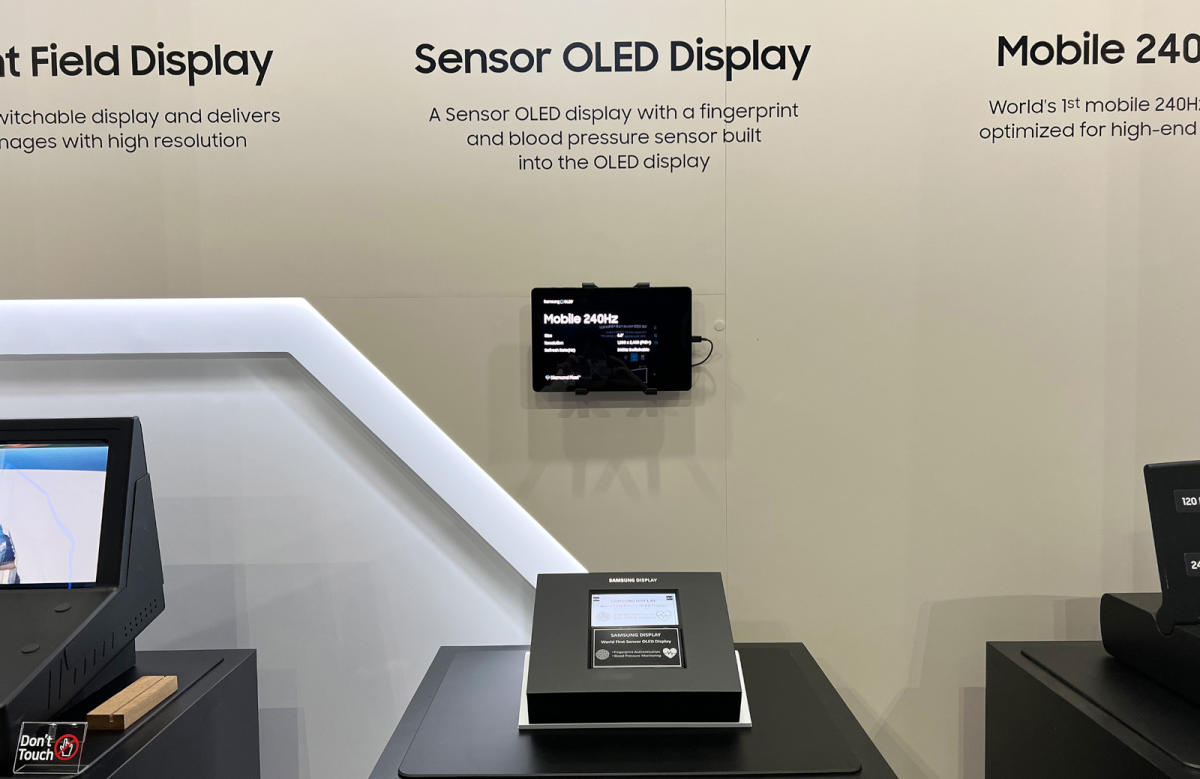
Apple appears more focused on shifting Face ID and the front-facing camera under the display, aiming to accomplish this by 2027.
